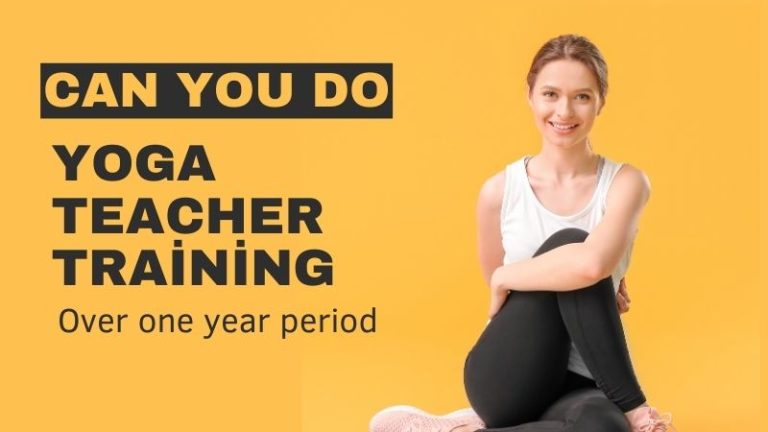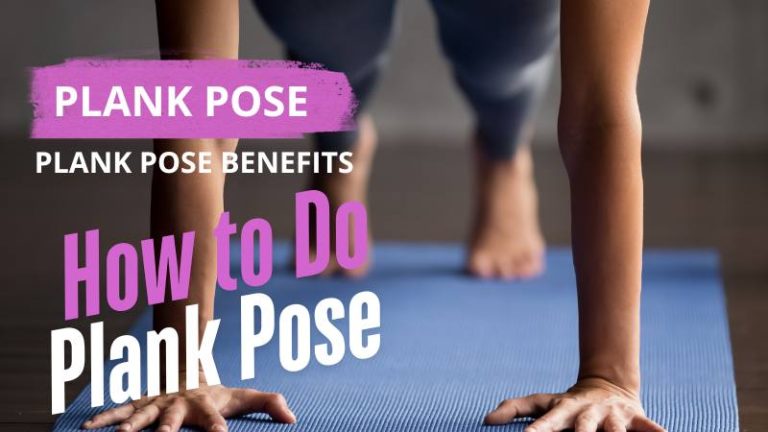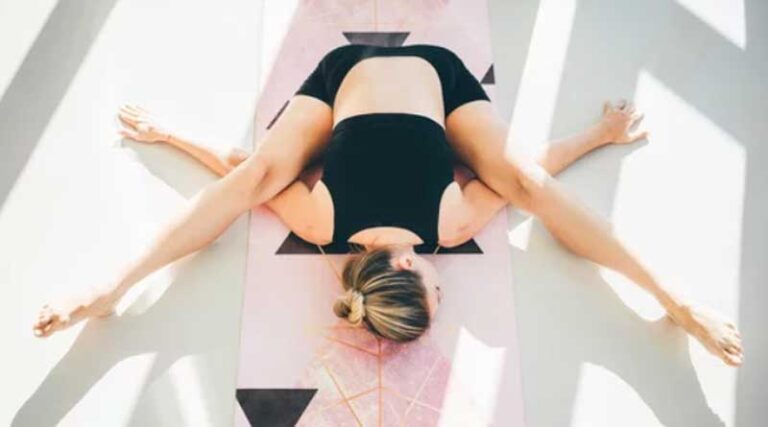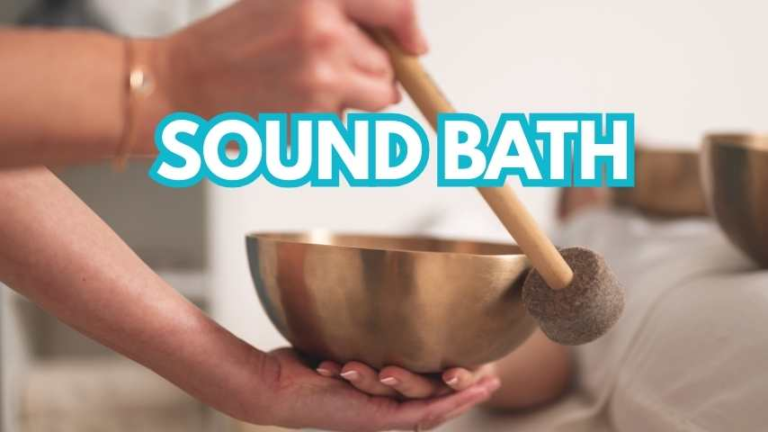
Kurmasana – Tortoise Pose
Kurmasana is also known as Tortoise Poses. It is a yoga asana which symbolizes withdrawal within oneself, much like a turtle retracting back into its shell. In Sanskrit “Kurma“, is tortoise and Asana, is posture. In ancient yogic text, this asana was described as a posture which helps the practitioner to turn inward and promotes deep concentration.
Kurmasana is a great way to improve flexibility, strengthen the back, stretch the legs and shoulders and calm the nervous system. It is often done in Ashtanga Yoga or Hatha Yoga where it’s a physical posture.
This article will explore all you need to learn about Kurmasana, including its benefits, benefits of variations, and safety advice, so that you can safely practice it.
Kurmasana: Meaning and philosophy
The Sanskrit word Kurmasana is derived from:
- Kurma (kuurm) – Tortoise
- Asana (aasn) – Posture or Seat
The tortoise is a symbol of endurance and steadiness in Hindu mythology. Kurma avatar is Lord Vishnu’s second avatar. He represents support and stability. When practicing Kurmasana the body becomes more stable and the mind is withdrawn from external distractions.
This pose teaches Pratyahara which is the fifth limb in Patanjali’s Ashtanga Yoga. It involves withdrawing the senses from the external object to connect with your inner self.
How to do Kurmasana (Tortoise Pose), a Step-by-Step Guide
Kurmasana belongs to the advanced level of yoga poses. Beginners are advised to practice yoga under the supervision of a certified instructor.
Step 1: Prepare
- Sit in Dandasana, or Staff Pose. Legs extended forward and spine straight.
- Breathe deeply to relax and center your mind.
Step 2: Positioning Legs
- Spread your legs out slightly, about shoulder width or more.
- Place your feet flat and bend your knees.
Step 3: Lowering of the Torso
- Slowly lean your hips forward while maintaining a long spine.
- Slide your arms underneath your knees — palms facing downward.
- Continue to extend your arms sideways and outward, while pushing them underneath your thighs.
Step 4: Deepening Pose
- Slowly lower your torso while gently extending your legs.
- Bring your chest, chin and forehead towards the mat.
- Shoulders should be relaxed and shoulders fully extended.
Step 5: Final Position
- Close your eyes and take a deep breath.
- As your flexibility increases, you can gradually increase the duration of the pose.
Step 6: Release the Pose
- Slowly raise your head and torso up.
- Return to Dandasana by removing your hands from your knees.
- Relax for a moment before moving on to the next pose.
Kurmasana Video / Visual Aid (Optional)
You can learn more about the breathing and alignment techniques by watching a Kurmasana Yoga video tutorial or using a guided platform.
Kurmasana, or Tortoise Pose, has many benefits.
Kurmasana has many physical, mental and spiritual benefits. Here are some of the main benefits:
1. Increased Flexibility
Kurmasana stretches deeply the hips, shoulders, and hamstrings. It increases flexibility over time, which makes other yoga poses easier.
2. Strengthening the Back and Spine
The forward fold of Kurmasana lengthens and strengthens the spine muscles. This improves posture and relieves back stiffness.
3. Enhances Lung Capacity
The torso compression promotes controlled breathing, and the diaphragm is stimulated, improving lung function and respiratory efficiency.
4. Stress and Anxiety Reduced
Kurmasana calms the nervous system. The pose’s introspective quality helps to relieve anxiety, stress and restlessness.
5. Stimulates internal organs
The gentle pressure applied to the abdomen stimulates the kidneys and liver, while promoting healthy metabolic activity.
6. Encourages mindfulness and inner peace
Kurmasana is a pose that encourages focus inward, like a tortoise retreating into its shell. This encourages Pratyahara and helps with meditation and self-awareness.
7. Balance the Chakras
This pose helps balance emotional and bodily energy by activating the Manipura Chakra (Solar Plexus).
Kurmasana Variations
Try these variations if full Kurmasana is too challenging.
1. Ardha Kurmasana (Half Tortoise Pose)
- Kneel in Vajrasana on the mat.
- Place your forehead and your hands on the mat.
- This version is suitable for beginners and offers spinal stretching benefits with minimal flexibility requirements.
2. Supta Kurmasana (Sleeping Tortoise Pose)
- Bring your legs up and over your shoulders, then cross your ankles behind the head.
- Interlace your fingers behind your back.
- This advanced version enhances core strength and concentration, as well as deep flexibility.
3. Supported Kurmasana
- Support your head or chest with a cushion or bolster.
- Ideal for beginners and those with tight hamstrings.
Preparatory and counter Poses
Preparatory Poses
Practice these asanas to prepare your body for Kurmasana:
- Baddha Konasana (Bound Angle Pose)
- Paschimottanasana (Seated Forward Bend)
- Upavistha Konasana (Wide-Angle Seated Forward Bend)
- Janu Sirsasana (Head-to-Knee Pose)
Counter Poses
Release tension after practicing Kurmasana with:
- Bhujangasana (Cobra Pose)
- Setu Bandhasana (Bridge Pose)
- Balasana (Child’s Pose)
Precautions & Contraindications
Kurmasana must be approached with caution to prevent injury. Remember to take these precautions:
- Do not drive if you are suffering from neck or back injuries.
- Women who are pregnant shouldn’t attempt this pose because of abdominal compression.
- Avoid this position if you have Sciatica or Slipped Disc.
- Don’t force it. Slowly and mindfully, move.
- Warm up first before you attempt deep forward folds.
- Beginners can use props to practice or under the supervision of a professional.
Kurmasana: Tips for Safe Practice
- Warm-up thoroughly by gently opening hips and bending forward.
- Concentrate on your breath — use exhalation for deeper stretching.
- Maintain a straight spine and avoid excessively rounding your back.
- If your flexibility is restricted, use yoga straps or blocks.
- The key to success is consistency. Progress can take weeks or even months.
- Relaxation (Shavasana), to absorb the effects.
Common mistakes to avoid
- Force the body into a deeper pose.
- Breathing naturally instead of holding your breath
- Relax the shoulders and neck.
- Ignoring alignment — ensure your hips stay grounded.
Kurmasana: The Inner Journey
Kurmasana has many physical benefits but it is also a very spiritual posture. You learn how to turn inward, away from the noises of the outside world and into the sanctuary of your own inner self. The tortoise represents wisdom, patience and longevity. When you practice Kurmasana you also cultivate inner calm focus and equilibrium.
Kurmasana is a Meditation in Motion that helps you to connect your body, breath and consciousness.
Kurmasana in Ashtanga and Hatha Yoga
Kurmasana, in Ashtanga Yoga is performed after Supta Kurmasana. It prepares the practitioner for more advanced twists and backbends.
Hatha yoga views it as a meditative pose that encourages concentration and withdrawal of senses. This pose is used to prepare for advanced seated mediations.
Kurmasana FAQ
Q1: Is Kurmasana suitable for beginners?
Kurmasana can be intermediate or advanced. Beginners should start with Ardha Kurmasana, and progress.
Q2 – How long should I hold Kurmasana for?
Begin with 30 seconds, and then increase it to 2-3 minutes as you gain experience.
Q3 – When is the best time to practice Kurmasana?
For best results, it is best to take your supplements in the morning or at night, when you are empty-stomach.
Q4: Can Kurmasana relieve back pain?
If done correctly, yes. It helps to strengthen the spine and ease mild stiffness. Yoga is good for people with back problems, but those who have chronic issues should see a yoga therapist.
Q5 – Is Kurmasana effective for weight loss?
Weight loss can be achieved by improving digestion, metabolic rate, and core strength.
The conclusion of the article is:
Kurmasana is a powerful yoga posture which combines mental stillness with physical flexibility. This posture encourages you retreat inwards, to build patience and to embrace inner peace. Regular and mindful practice can lead to profound transformation, both physically and mentally.
In yoga, the progress you make is not determined by how much you stretch out but how well you connect with yourself.
As the tortoise retracts its limbs so does the yogi – finding stillness through silence.







